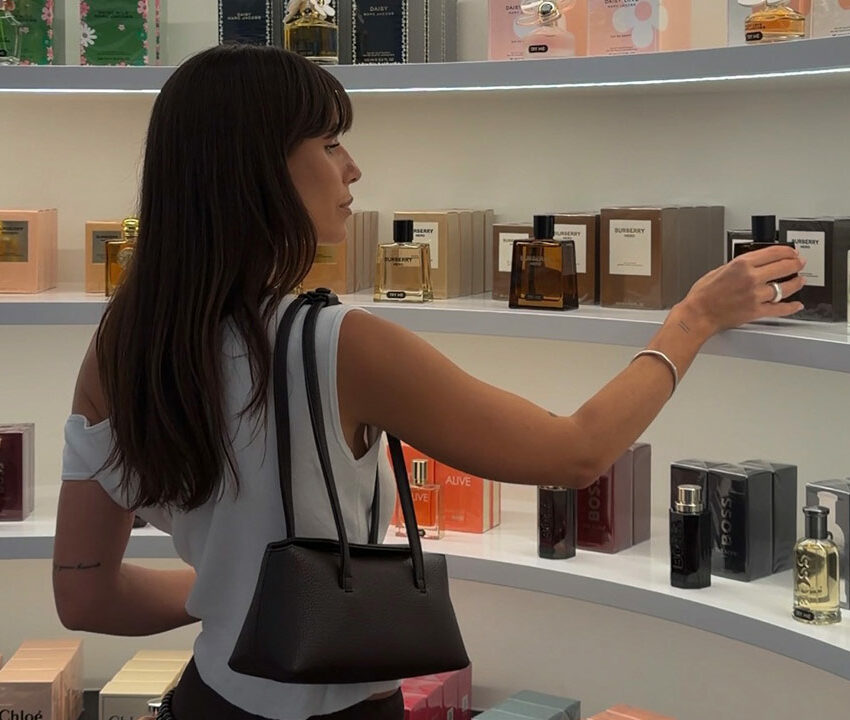
The New Technology Behind Breast Augmentation Surgery
It’s a new era.
I have just returned from a one-day meeting in California, where 24 plastic surgeons from across the globe discussed and assessed emerging technologies and prototypes, and what they might mean for our patients. It was a wonderful opportunity to marry the research-based engineering to the creative approach we plastic surgeons consistently utilise.
Talking with my patients, there exists quite a range of knowledge when it comes to breast augmentation techniques and the technology of breast implants. Many are focused on the technique alone, there’s now a shift occurring, with more interest being paid to the type of implants used and their safety. Previously, I felt my advice pertaining to the implant I wished to use was being viewed as ‘part of the process,’ however I now feel that patients are very interested in what is being used.
So why the change?
Recent research has determined that certain types of breast implants are linked to a rare form of cancer called Anaplastic Large Cell Lymphoma (ALCL). Macrotextured implants have the highest degree of risk, with a precipitous decline in incidence subsequently seen in microtextured implants and no observed occurrences in nanotextured or smooth implants. Another concern present in today’s literature is Breast Implant Illness, a symptom complex described in relation to the presence of breast implants. When coupled with our increasing awareness of our own role in maintaining health and wellness, it’s no surprise that the technological details of products in use, such as breast implants, is being questioned. There now exists multiple breast implant surfaces, gel types and behaviours, and of course, shapes.
So what is old, what is new and what is coming?
Silicone remains the product of choice, for both the outer shell and the inner fill of a breast implant, with saline versions also available. Shell surfaces can be smooth, micro or nanotextured, and the inner gels are available in different degrees of firmness. Round and anatomical versions are available, with suture-tab technology being added to the new nanotextured anatomical implants to stop them from rotating. Future developments are focusing on minimising the risk of ALCL whilst maximising the comfort and reliability of the implant. Reduced weight, stronger shells and dynamic gels with a more natural feel and movement are just some of the focus points.
A detailed consultation and assessment with a qualified FRACS specialist plastic surgeon will provide you with your available implant options. The look you desire, how your body and the implant will interact to achieve this, and the degree of physical activity that you undertake will all be considered in determining what might suit. Be open and honest, and ask as many questions as you need to. It is elective surgery and you have to be confident with the decision that you have made.
Any surgery or invasive procedure carries risks. Before proceeding you should seek a second opinion from an appropriately qualified medical practitioner like Dr Matthew Peters at Valley Plastic Surgery.
Liked this? You’ll love these!
1. 3 Of The Best Breast Augmentation Surgeons in Brisbane
2. Brisbane’s Best in the Biz for Plastic Surgery
3. Everything You’ve Ever Wanted To Know About Breast Lifts





